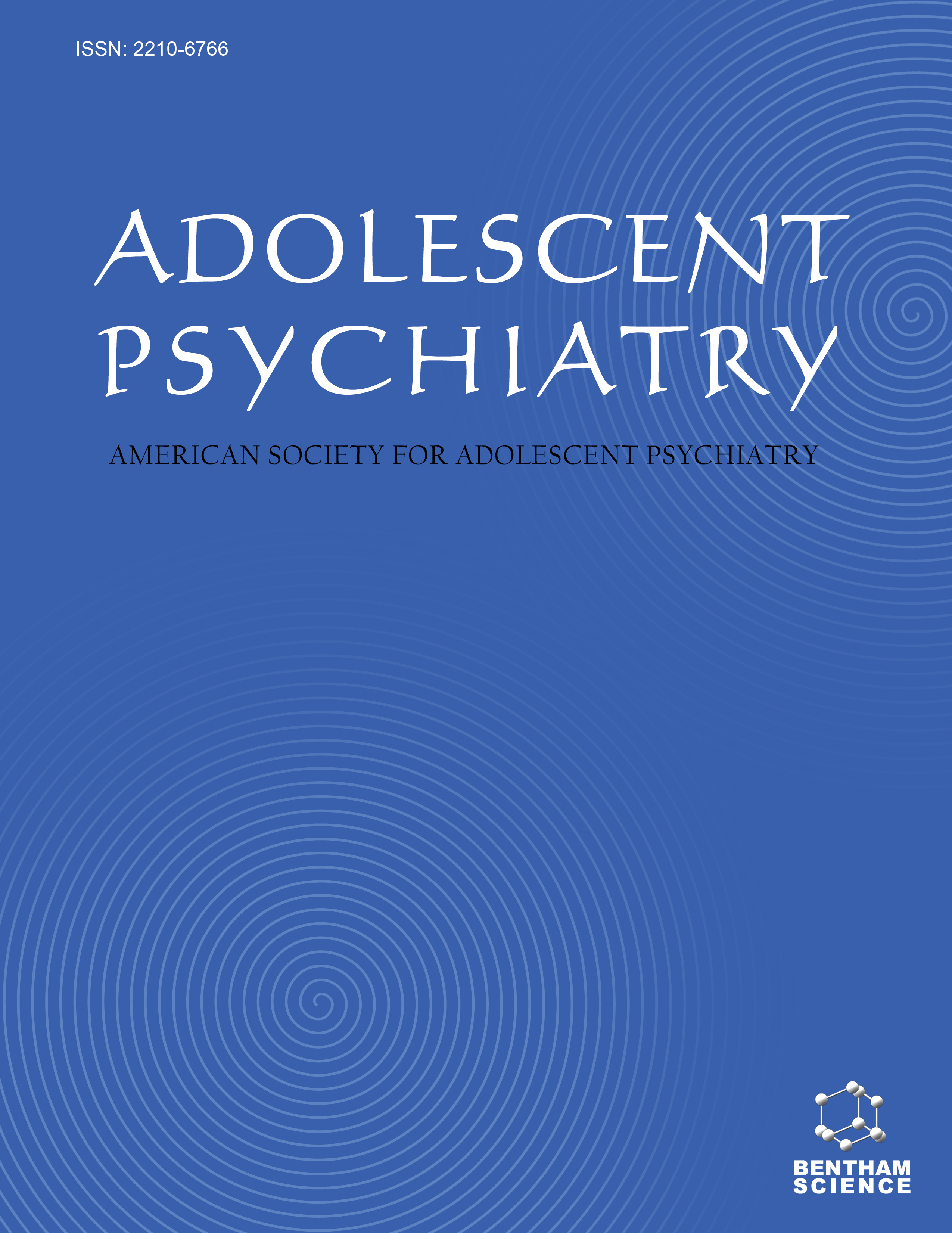
Full text loading...
We use cookies to track usage and preferences.I Understand

People diagnosed with Borderline Personality Disorder (BPD) often endorse suicidality. One of the leading theories on the causes of suicidality, the interpersonal-psychological theory of suicide (IPTS), argues that this suicidal desire is driven by perceived burdensomeness (PB), the belief that others are better off without the individual, and thwarted belongingness (TB), the unmet need for social connection. Given that a distinguishing characteristic of BPD is the prevalence of interpersonal difficulties and negative cognitions, the IPTS is an important framework to use when looking at the link between BPD and suicidality. The relationship between BPD, PB, TB, and suicidality has been researched in the past, but this relationship within the context of a dialectical behavior therapy (DBT) partial hospital program (PHP) has yet to be analyzed.
This study examined the relationship between these measures in a DBT PHP for adolescents/young adults.
One hundred seventy-six adolescents/young adults in a comprehensive DBT PHP completed surveys measuring suicidality, TB, PB, and BPD symptoms upon intake and discharge.
Analyses found that all outcome measures significantly improved from admission to discharge and that most variables were positively correlated. Results also showed that PB and depression scores emerged as unique predictors of suicidality at discharge.
An adherent DBT PHP can be an effective treatment option for adolescents/young adults endorsing BPD symptoms, TB, PB, and suicidality. Future studies should examine the specific aspects of DBT that are most important in decreasing these symptoms.

Article metrics loading...

Full text loading...
References


Data & Media loading...